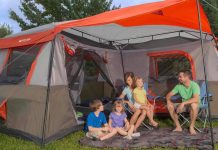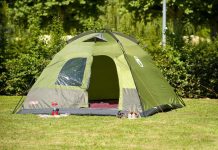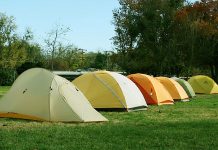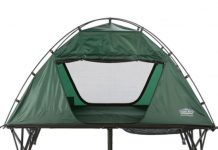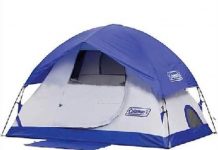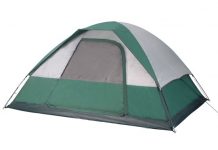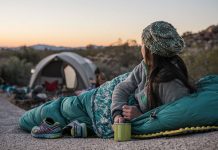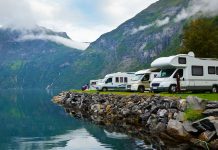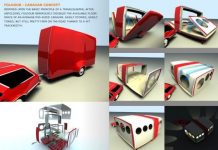Camping might seem like a lot of fun. And it indeed is! But, in order to experience the right camping fun, you must make the right choices.
If you are a beginner, you need to learn a lot of things. The learning starts from how to buy the best tent. There are many options available when you want to buy a tent. But how to choose the best one?

Here are 5 tips for you to select the right tent –
How Many People Will Use the Tent
Before you buy the tent, you should keep in mind the number of people that are going to use the tent. However, although a tent may claim that it is has a capacity of 4 people; it may not be able to accommodate 4 men altogether. Sometimes only 3 people can sleep in such tents and if you are looking for comfort, then only 2 people can sleep there properly. So while you are buying a tent, make sure you buy a tent you will feel comfortable in.
The Season
There should be different tents for different seasons. For example, for summer, the tents are made of more lightweight materials and have a lot of ventilation. These are not meant for harsh and rough use. However, the winter tents are made of heavier materials. Then again, there are three season tents which are good for all kinds of seasons. These tents help you stay safe during heavy rain and also provide you protection from cold.
The Ease Of Use
The ease of use matters a lot here when you are buying a tent. You may find a tent that has a lot of facilities or where 10 people can sleep and there are lots of spaces; but did you consider how long will it take to set up the tent? The tent shouldn’t take more than half an hour to be set up and if it does, it will be quite hard for you to handle. If it is possible for you, ask for a trial in the shop itself. Learn how to set up and look if there are any special ways to close it. But remember one thing; you will need a camping site twice as big as the tent is.
Material And Weight Of The TentÂ
If you are carrying the tent to a hilly area or to the top of a mountain, you should keep the weight of the tent in mind. Choose a tent that is not very heavy to carry. Some camps are extremely heavy and you may not be able to handle the weight. It is wise to choose a material which doesn’t make the camp heavier. Many tents claim to be made of a waterproof material; but if you are looking for cheap tents, they may not be very effective.
Does the Camp Have Ventilation
If you have never rented a tent before, or you have never gone for camping, you may not understand the importance of a ventilation in your tent. You never know when it rains and you end up waking up in a damp tent or a damp bedding. To avoid such situations, opt for a camp that has ventilation.

